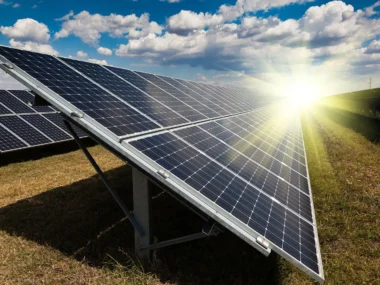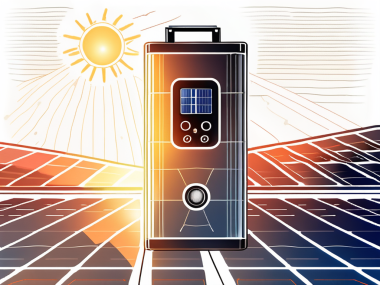Energy Consumption
To establish the suitable dimensions of your solar energy system based on your energy usage, start by collecting crucial details: 1. Examine Monthly Electricity Bills: Analyze your electricity bills from the previous year to understand your average monthly energy consumption, specifically focusing on the total kilowatt-hours (kWh) used each month. 2. Consider Seasonal Fluctuations: Take note of any changes in energy consumption throughout the year. For example, observe if your electricity usage rises during summer months for cooling or in winter for heating. 3. Account for Potential Energy-Efficiency Upgrades: Take into consideration any future plans for energy-efficient enhancements, as these could affect your overall energy usage. Once equipped with this information, proceed with the subsequent steps to estimate the appropriate size for your solar energy system: 4. Calculate Average Daily Usage: Divide your total annual kWh consumption by 365 days to determine your average daily energy usage. 5. Adjust for Seasonal Changes: If there are significant seasonal variations in your energy consumption, modify your daily usage accordingly to accommodate these changes. 6. Research Solar Irradiance: Explore the average solar irradiance in your area. Solar irradiance refers to the sunlight reaching a specific location, impacting the energy production potential of solar panels. 7. Determine System Size: Divide your average daily energy usage by the average solar irradiance to estimate the necessary size of the solar energy system. This calculation will give you an approximate kilowatt (kW) capacity required. 8. Consider Panel Efficiency: Take into account that not all sunlight captured by solar panels is converted into electricity. Considering panel efficiency, typically ranging from 15% to 22%, adjust your system size calculation accordingly. 9. Consult a Solar Installer: Once you have a rough idea of your system’s size, seek advice from a reputable solar installer. They can provide a more accurate evaluation, considering factors like shading and roof orientation.
Roof Space:
Location and Sunlight:
Assessing the location and sunlight exposure is crucial when considering solar energy: Sunlight Availability: Examine the amount of sunlight in your area throughout different seasons. Latitude, climate, and weather conditions all play a role in determining the duration and strength of sunlight exposure. Solar Irradiance: Research the typical levels of solar irradiance specific to your region. Solar irradiance refers to the sunlight that reaches a certain area, directly impacting the potential energy output of solar panels. Geographic Considerations: Take note of geographical elements like mountains, valleys, and nearby structures that can impact sunlight exposure and create shadows on your property. Seasonal Variations: Take into account changes in sunlight availability throughout the year. Understanding these patterns helps in optimizing the design and performance of your solar energy system. Orientation and Tilt: Establish the best orientation and tilt angle for solar panels based on your location’s latitude and the sun’s path. Precise alignment ensures maximum sunlight capture and energy generation. Potential Obstructions: Identify any potential obstructions such as trees, buildings, or terrain features that could block sunlight and reduce solar panel efficiency. Minimizing shading is essential for improving energy production. Solar Potential Mapping: Use digital tools or solar potential mapping resources to assess the solar energy potential of your location. These resources help in identifying the most suitable areas for solar panel installation. By carefully evaluating your location and sunlight exposure, you can enhance the layout and positioning of your solar energy system to increase energy production and efficiency.
Energy Goals:
Budget:
Future Energy Needs
In summary, pinpointing the appropriate size for your solar energy system involves thorough examination of multiple elements. Through analyzing your energy usage, appraising the space on your roof, understanding the sunlight exposure in your area, and establishing clear energy objectives, you can make well-informed decisions regarding the dimensions and features of your solar setup. Moreover, seeking advice from solar energy experts can offer valuable insights and assistance in customizing your solar solution to align with your specific requirements and goals. Ultimately, by adopting a comprehensive planning approach and leveraging expert consultation, you can ensure that your solar energy system is optimized for efficiency, functionality, and enduring environmental impact.











